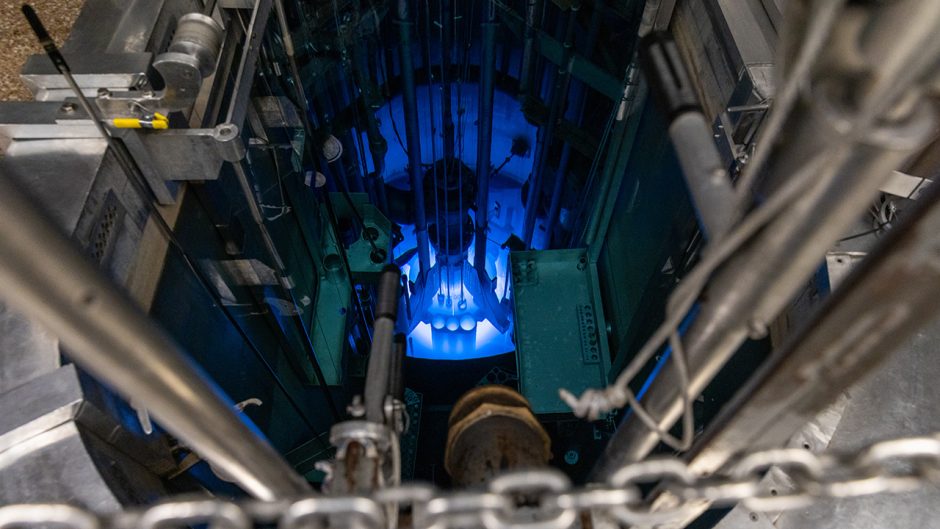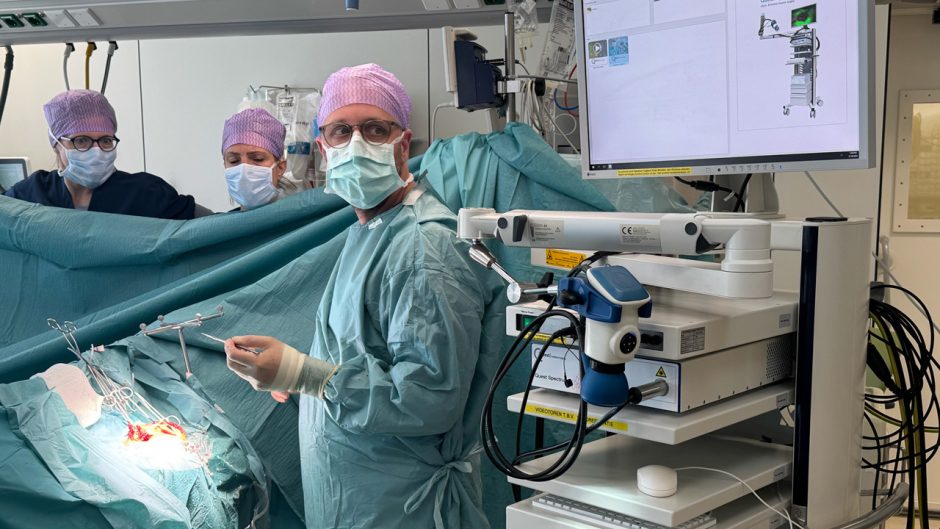Aug. 31, 2022
Contact: Eric Stann, 573-882-3346, StannE@missouri.edu
The Food and Agricultural Policy Research Institute (FAPRI) at the University of Missouri recently released an August 2022 update to their yearly baseline outlook report that provides an economic outlook of the food and agriculture industry. The update from the center located at the College of Agriculture, Food and Natural Resources includes the impact of current events, such as the war between Russia and Ukraine, on the markets’ trends and projections.
“These baseline projections give stakeholders an idea of what to expect in the years ahead, under one plausible set of assumptions,” FAPRI director Pat Westhoff said. “It also serves as a benchmark when we evaluate the impacts of a change in policy, or a change in any of the other factors that drive agricultural markets.”
Based on the information contained in the update, Westhoff suggests current high prices for many farm commodities may not last.
“U.S. agricultural producers are getting more for what they sell but paying more for what they buy,” Westhoff said. “Except for cattle, we could see lower prices for many farm commodities in the years ahead.”
The below findings are included in the report:
- Crop prices are at or near record levels for major commodities, due in part to reduced exports from Ukraine and unfavorable weather reducing crop production in key countries. Input prices have also increased sharply in 2022 and may only decline slightly. If better growing conditions result in trend line crop yields in 2023 and beyond, crop prices could also decline from current levels.
- Total U.S. meat production is projected to be about the same in 2022 and 2023 as it was in 2021, in part because of higher costs for feed and other inputs. Drought conditions in important cow-calf areas are causing producers to send animals to slaughter early, lifting beef production in the short term but leading to fewer cows and higher prices in the future.
- The supply of liquid motor fuels, including biofuels, seems to have recovered from pandemic lows. Renewable diesel production is projected to overtake methyl-ester biodiesel as soon as 2023, and tax credit provisions in the Inflation Reduction Act will lead to a modest expansion of sustainable aviation fuel production. Foreign income growth and policies, as well as rising petroleum prices, will lead to strong U.S. ethanol exports.
- Consumer food prices are projected to increase 9% in 2022. For the first time since 2011, the increase in food-at-home prices has outpaced increase in food away-from-home prices. While consumer food prices are expected to see a slightly smaller increase of 2.3% in 2023, this still outpaces the 1.7% average annual increase from 2010-2019.


![062625_CEI Aerial View_email-cropped[29] (1)](https://showme.missouri.edu/wp-content/uploads/2025/06/062625_CEI-Aerial-View_email-cropped29-1-940x529.jpg)


